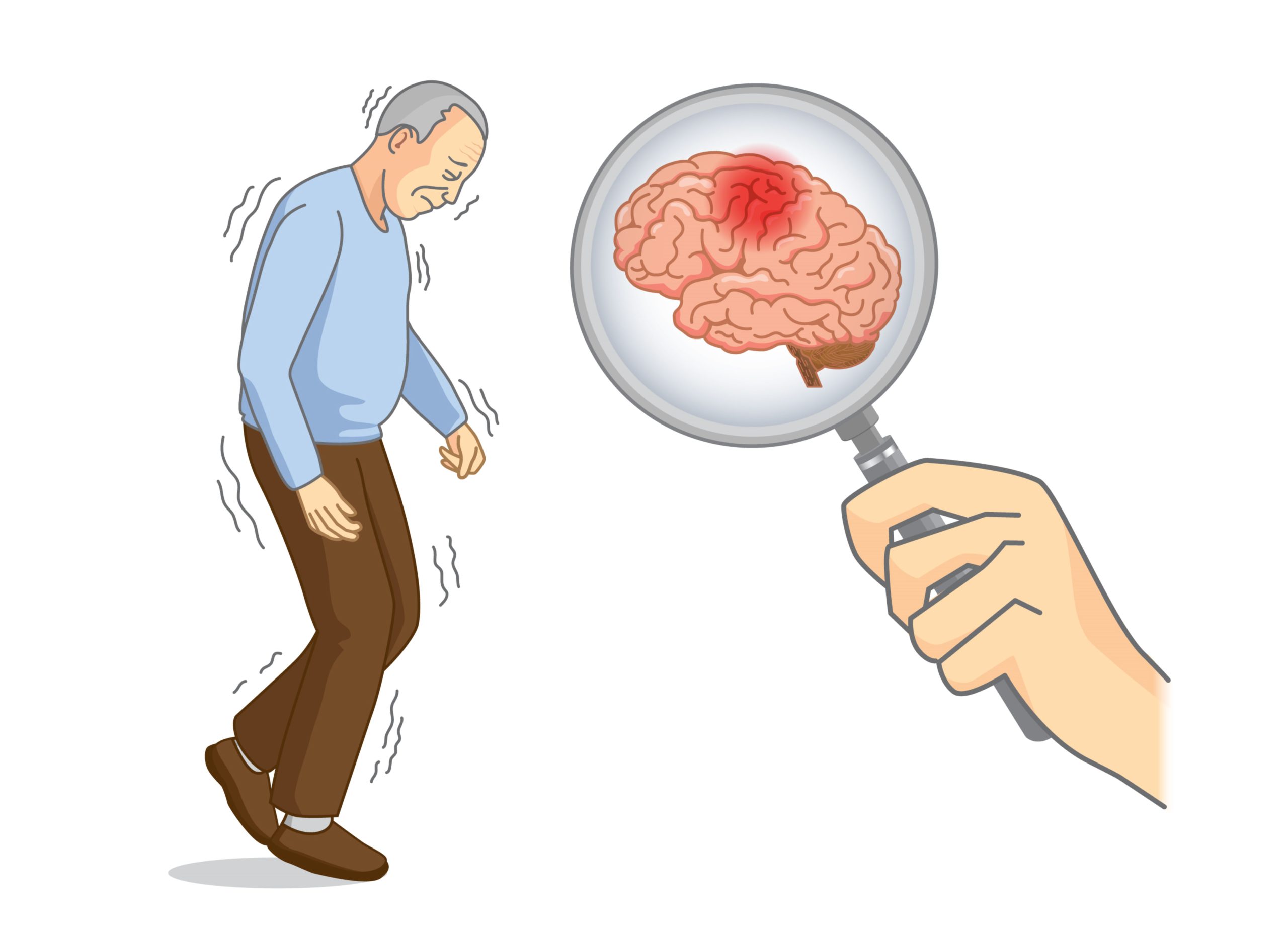The Struggles of Medicaid Rules for People with Disabilities
Zach Mecham has often heard politicians insist that Medicaid recipients should work to maintain their benefits. However, he has also encountered complex Medicaid regulations that make it nearly impossible for many people with disabilities to work full-time.
“So, what is it? Do you want us to work or not?” he asked.
At 31 years old, Mecham depends on Medicaid for essential services that allow him to live independently, despite having muscular dystrophy. He uses a wheelchair for mobility and relies on a portable ventilator to breathe.
Every night, a personal care assistant stays with him, while a home health aide arrives in the morning to help him get out of bed, use the restroom, shower, and get dressed for work at his online marketing business. Without these services, he would be forced to close his business and move into a nursing facility.
Unlike private insurance plans, Medicaid—funded jointly by federal and state governments—covers crucial support services for individuals with disabilities who meet income requirements.
Medicaid Buy-In Programs: A Limited Solution
Like most states, Iowa offers a Medicaid buy-in program that allows disabled individuals to remain covered even if they earn slightly more than traditional limits permit. However, about two-thirds of such programs charge premiums and impose income and asset restrictions.
Some states have raised or removed these financial limits. Mecham has actively lobbied at the Iowa Capitol, urging lawmakers to follow suit. The proposed “Work Without Worry” bill would eliminate income and asset limits, instead requiring participants to contribute 6% of their income as a premium. If they also pay for employer-based health insurance, these premiums would be waived, helping to offset medical costs.
Disability rights advocates argue that such income caps create barriers for people with disabilities, discouraging them from working full-time or seeking better-paying jobs. “It’s a poverty trap,” said Stephen Lieberman, a policy director at the United Spinal Association.
This year, legislators in Florida, Hawaii, Indiana, Iowa, Maine, Mississippi, and New Jersey have introduced bills to address these issues, according to the National Conference of State Legislatures.
Legislative Efforts to Improve Medicaid Access
Several states have already expanded or removed income limits for Medicaid buy-in programs. Iowa’s proposal is modeled after a similar law passed in Tennessee, according to Democratic Representative Josh Turek of Council Bluffs. A wheelchair user himself, Turek is a two-time Paralympic gold medalist and a strong advocate for the bill.
Supporters believe that allowing people with disabilities to earn more while keeping Medicaid benefits would also help address labor shortages, particularly in rural areas where the working-age population is declining.
Turek sees an opportunity to push for these reforms, as conservative policymakers have been advocating for work incentives. “That’s the message I’ve been emphasizing,” he said with a smile.
The Iowa Legislature has already taken steps to require many non-disabled Medicaid recipients to work or prove they cannot. Critics argue that such requirements add unnecessary bureaucracy, making it harder for eligible individuals to keep their coverage.
Governor Kim Reynolds has prioritized Medicaid work requirements, stating in her January address, “If you can work, you should. It’s common sense and good policy. Work provides stability and self-sufficiency.” However, her office has not commented on whether she supports eliminating income and asset limits for Medicaid buy-in programs.
The Impact on Personal Lives
National disability rights organizations warn that income and asset restrictions create significant hardships for couples, often discouraging marriage or even forcing divorces to maintain Medicaid eligibility. In Iowa, a single Medicaid recipient in the buy-in program cannot have more than $12,000 in assets, while couples face a barely higher limit of $13,000. These limits exclude primary homes and vehicles but include investments, bank accounts, and other liquid assets.
“Some couples who have been married for years must undergo what we call a ‘Medicaid divorce’ just to retain essential support services,” explained Maria Town, president of the American Association of People with Disabilities.
Massachusetts has already removed income caps for disabled individuals joining Medicaid, and advocates argue that similar changes could be cost-effective. Maria Town believes additional participants could offset state expenses through premium payments and increased tax contributions due to higher earnings. “I don’t think it has to be a financial burden,” she said.
Congress has also considered a proposal allowing disabled individuals to work more without losing Social Security disability benefits, but the bill has not moved forward.
Low Enrollment and Administrative Barriers
Although Medicaid buy-in programs exist in most states, participation remains relatively low. Alice Burns, a Medicaid expert at KFF, notes that fewer than 200,000 people nationwide are enrolled. “Awareness of these programs is quite limited,” she said, adding that strict income limits and complex paperwork discourage many potential participants.
States that charge premiums for Medicaid buy-in programs set fees ranging from $10 to 10% of a participant’s income, according to a KFF analysis of 2022 data.
In Iowa, the proposal to eliminate income and asset caps has received bipartisan support, passing the House Health and Human Services Committee unanimously. Republican Representative Carter Nordman, who chaired a subcommittee on the bill, said, “This fits with the goals of both parties.” However, he wants to see cost estimates before final approval.
A Personal Struggle for Independence
For Mecham, the proposed changes would allow him to expand his online marketing and graphic design business, “Zach of All Trades.”
Each morning, his home health aide, Courtnie Imler, arrives at his modest home in Pleasantville, Iowa, to help him with daily activities. She transfers him from his wheelchair to the bathroom, assists with hygiene and dressing, and prepares his morning coffee. After an hour, she leaves, and Mecham starts his workday.
From his wooden desk, he edits a social media video for a client, scrolling through footage to find the best clips. He also shoots videos, takes photos, and writes advertising content.
Mecham loves working, but he knows he could be even more productive if he weren’t afraid of losing Medicaid. He currently qualifies for a federal program allowing him to earn slightly more, but it requires complex paperwork and frequent reporting.
“The system is so complicated that I have to navigate endless rules just to build a stable life,” he said. “Many disabled people don’t even try because one mistake could mean losing the health care they rely on.”








